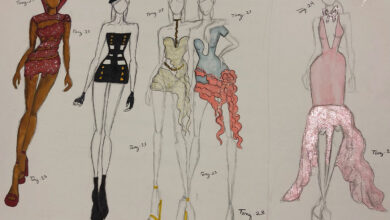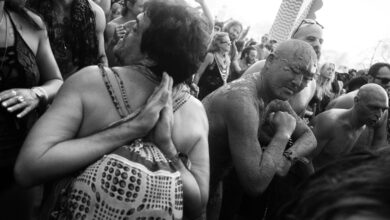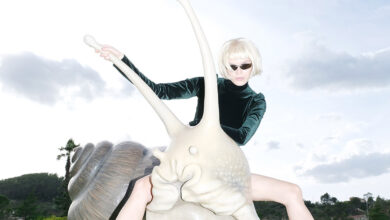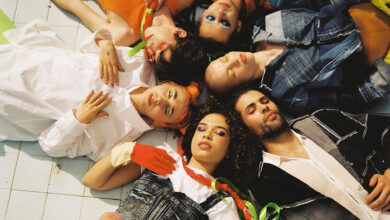Roots of Style by Isabel Toledo: Book Review by Anna Battista
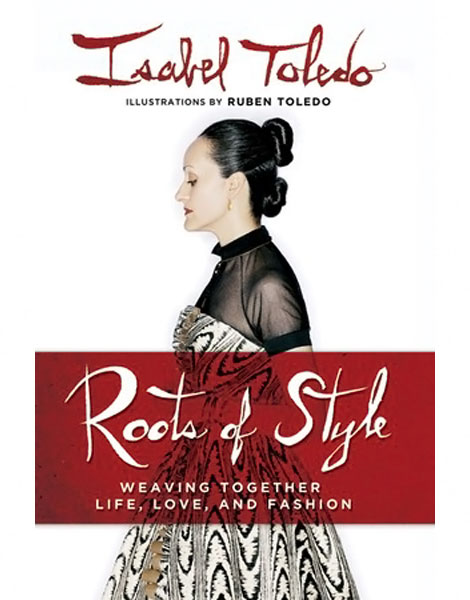
In a world that has propelled the fashion designer from the drawing or the cutting table to interstellar fame, it can be difficult to find a book by a fashion industry insider with their feet firmly planted on the ground. Enter husband-and-wife team Isabel and Ruben Toledo.
The couple, genuinely admired by a bunch of art, fashion and even architecture critics, journalists and museum curators, became definitely more famous three years ago when First Lady Michelle Obama donned the by now famous Isabel Toledo lemongrass lace ensemble on Inauguration Day.
Now, a recently released book by Penguin’s imprint Celebra, devoted to books on or by Hispanic celebrities, tells the story of the Toledos, exploring the inspirations behind their work.
Roots of Style: Weaving Together Life, Love, and Fashion – illustrated with Ruben’s elegant drawings – starts in Cuba where Isabel was born surrounded by the love and affection of family and friends and by a quiet yet mesmerising house presence, a sewing machine that belonged to her grandfather’s first wife.
Isabel spent in Cuba an idyllic childhood, surrounded by strong female presences, from her mother to her aunts and neighbours, all independent women with their own distinctive style and personality.
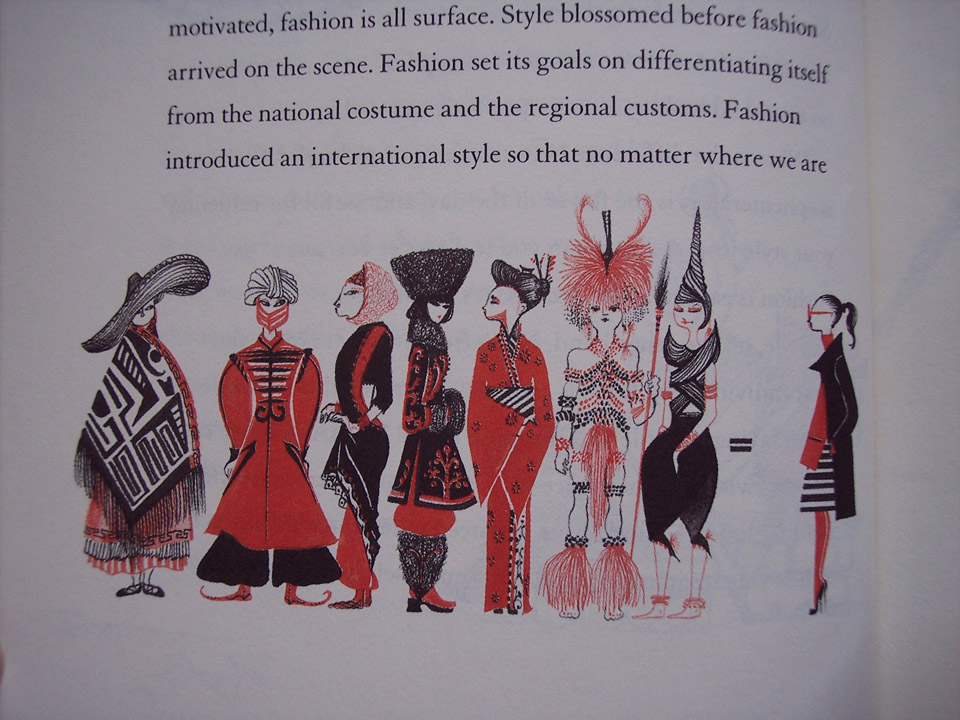
In 1968, after the Cuban Revolution, her parents decided to move to the United States. A new chapter opened up in Isabel’s life. While perfectly managing to integrate herself in this new culture and environment in which freedom was the key word, young Isabel developed a new obsession, sewing, and a genuine passion for cutting patterns.
Soon sewing her clothes became from a child’s hobby, a form of communication: going out at weekends and discovering the New York dance scene was the perfect excuse to keep on creating clothes and experimenting with patterns.
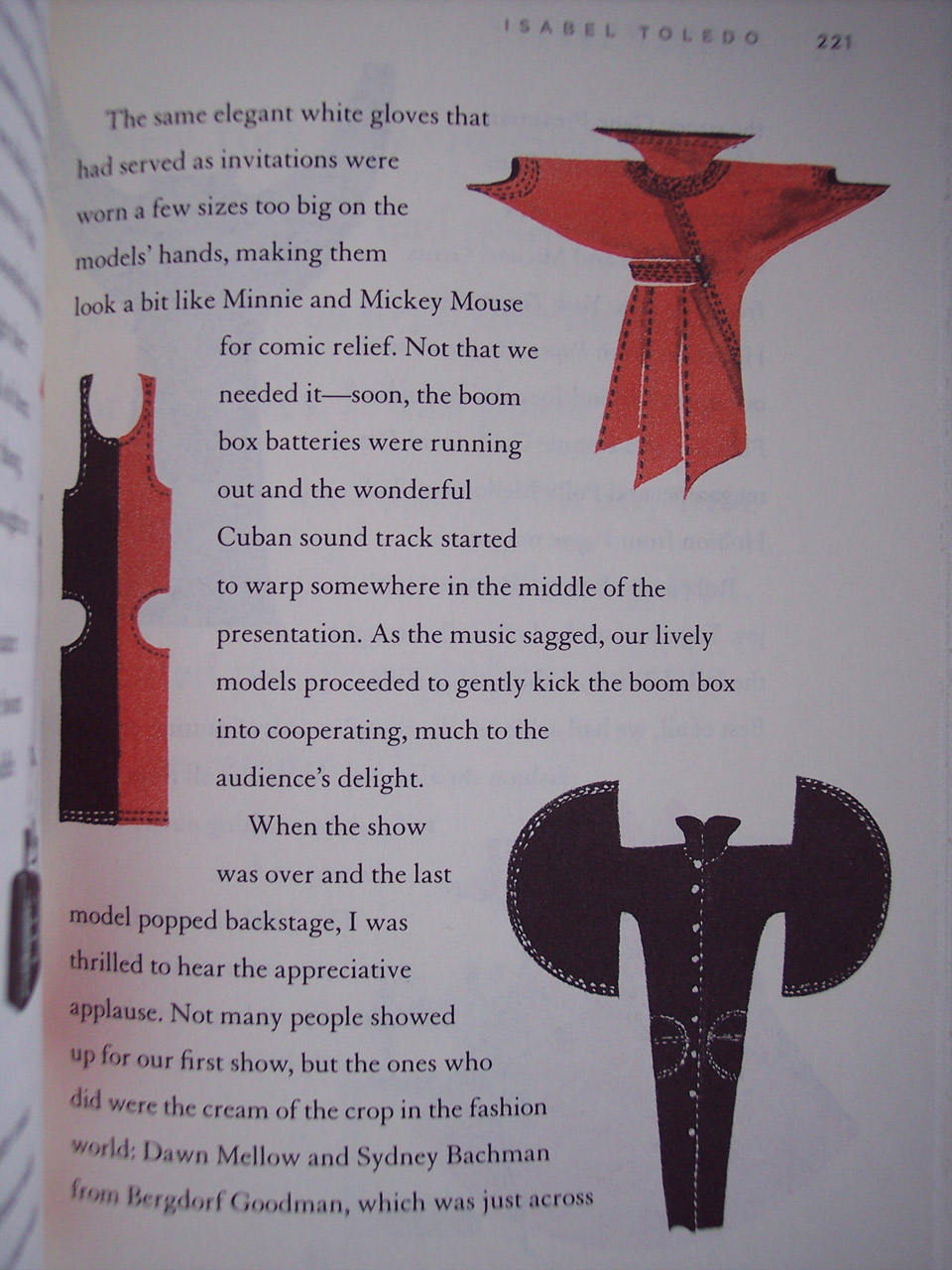
Meeting in high school shy art student Ruben Toledo, like her a Cuban refugee, and falling in love with him, also opened new doors, as they started collaborating together, finding a way to mix art and fashion.
This part of the book will prove particularly interesting for readers interested in the New York scene: through the Fiorucci shop Isabel and Ruben met indeed key characters including Andy Warhol, Keith Haring, Kenny Scharf, Klaus Nomi and Joey Arias. Working at Unique Clothing Warehouse, Ruben assisted Grace Jones who came in shopping with Issey Miyake and also sold Devo their iconic orange nylon jumpsuits.
The couple also started collaborating on Arias and Nomi’s performances, designing sets and costumes. Spotted by Madonna’s stylist Maripol, who was at the time also in charge of finding young designers to showcase at Fiorucci’s, they were offered a prime spot in a concession stand at the store where they enlisted the help of a very special sale assistant, model and filmmaker Suzie Zabrowska.
Orders from Henri Bendel and Patricia Field’s shop followed, the fashion media spotted the new designer and eventually the first catwalk show arrived in 1984. From that moment on the Toledos kept on growing, developing a designer’s alphabet, offering innovative fashion solutions to women eager to experiment with their wardrobes and eventually gaining a cult following.
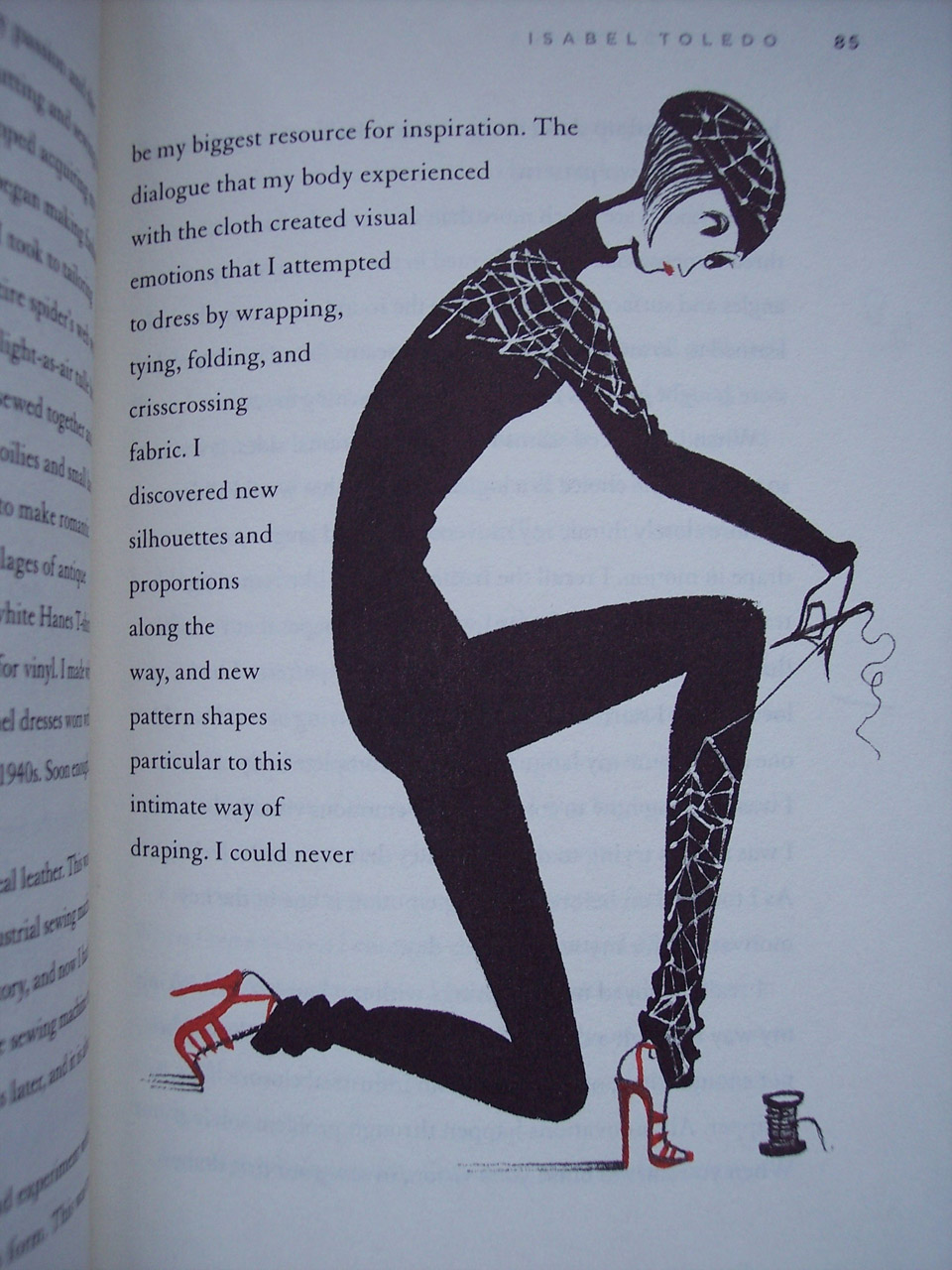
From sharing a studio with Warhol’s muse and assistant Benjamin “Ming Vase” Liu – who also managed to score the couple an appearance on Warhol’s TV show 15 Minutes, introduced by artist and photographer Peter Beard (from a swing…see the clip embedded in this post…) – to special performances in Japan and catwalk shows in New York and Paris, the story of the Toledos’ adventure develops like a dream come true.
The designer also writes about her work at Anne Klein and her collaborations with bigger retailers such as Target and Payless ShoeSource, conceived not as a way to go global, but as an opportunity to offer to a wider audience the chance of buying a piece designed by Isabel Toledo.
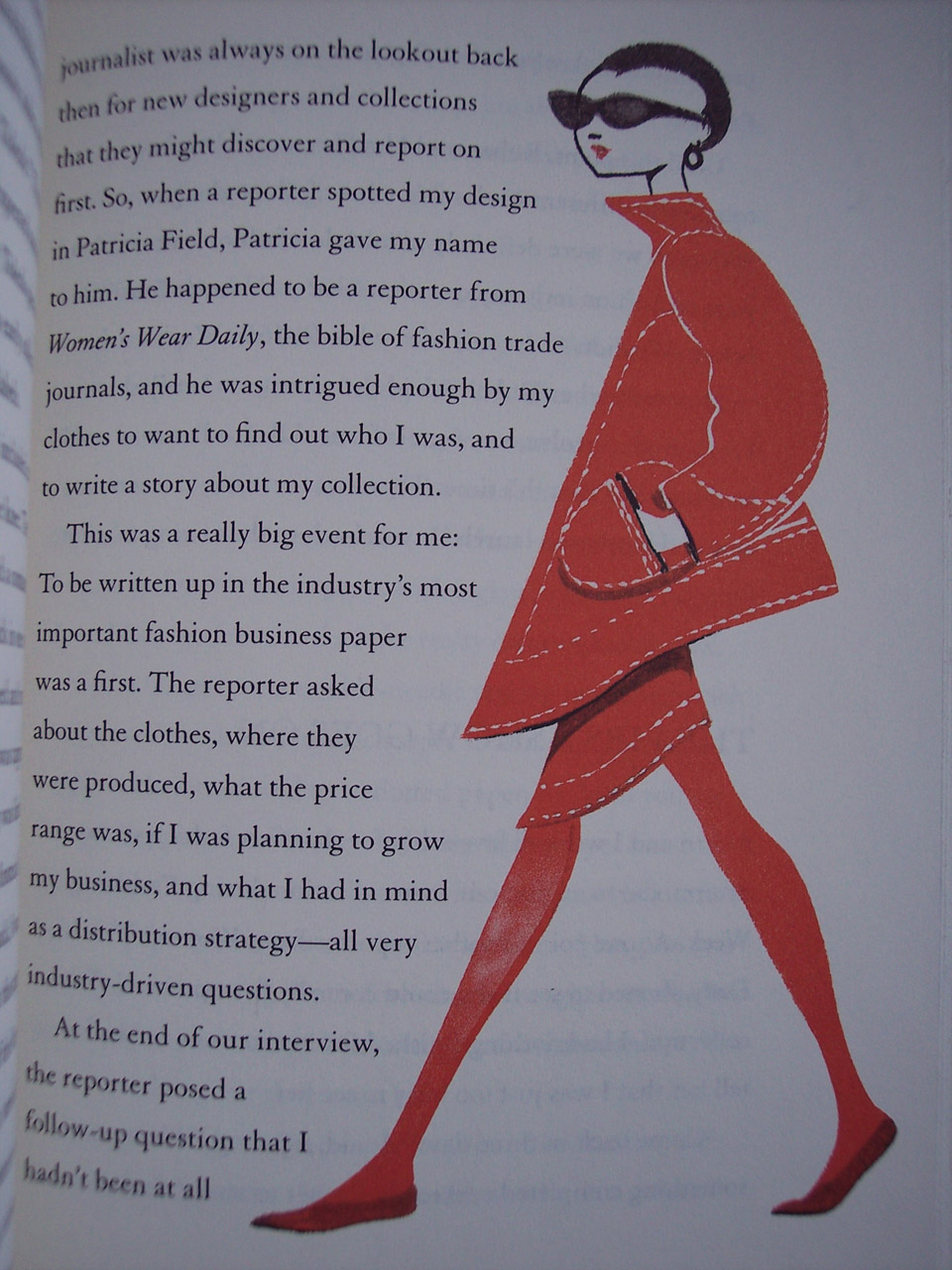
The design process that led to the creation of Michelle Obama’s dress is obviously included, even though, design-wise the parts about the exhibitions at The Museum at FIT are probably more interesting since they tackle vital principles in Isabel Toledo’s vocabulary, from Origami to Shape, Suspension, Shadow, Organic Geometry, and Liquid Architecture.
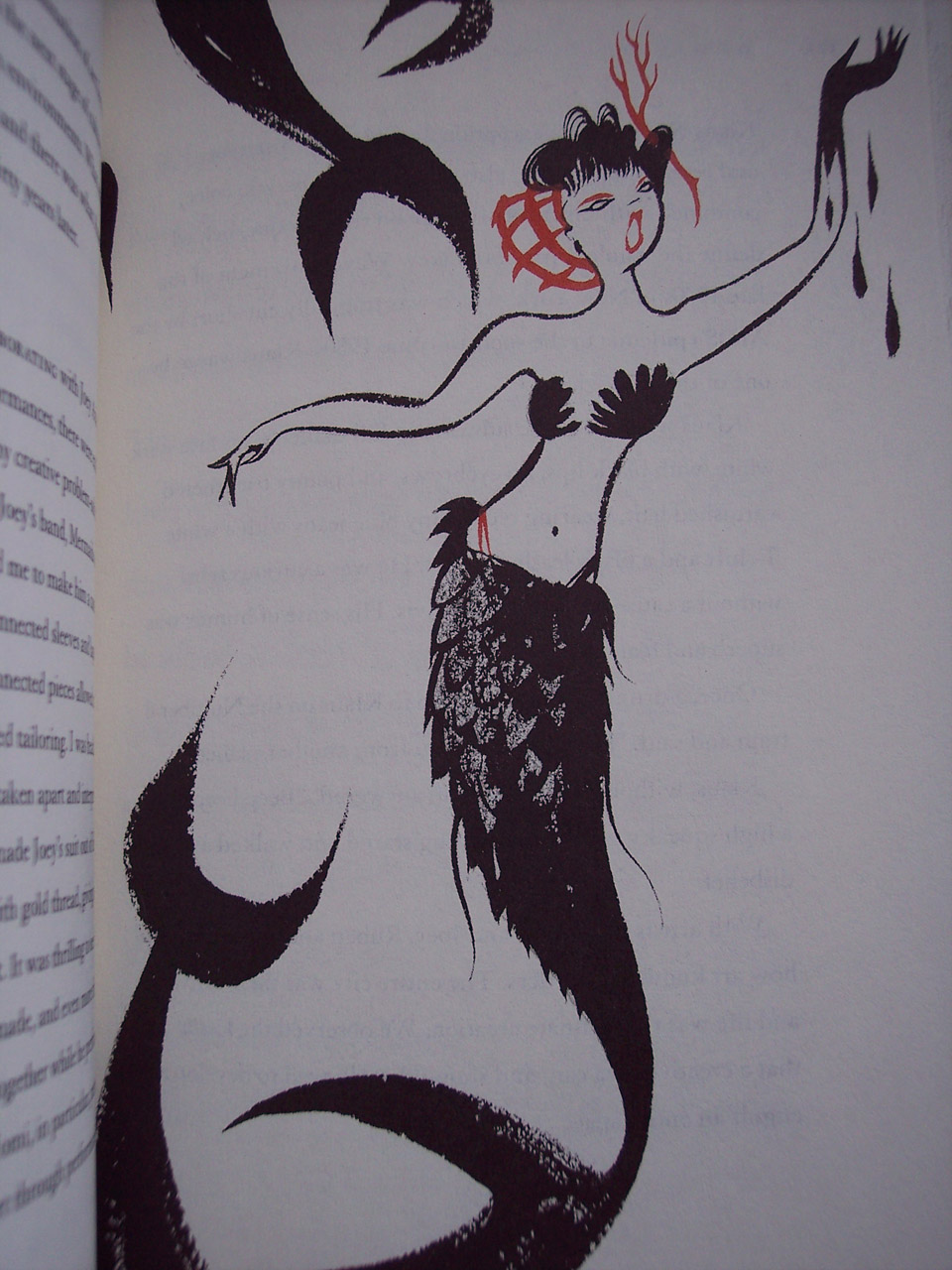
The book often highlights how the designer builds her creations – even the earliest ones from her first collection, such as her experimental red, black and white aerodynamic denim dresses and coats – from the inside out, working like an architect, using patterns as if they were an architect’s blueprint and employing her knowledge of fabrics, stitches and materials.

There are obviously further fashion and art stories that readers will find interesting: from Isabel interning at the Met while former Harper’s Bazaar editrix Diana Vreeland was the consultant at the museum’s Costume Institute, an experience that allowed her to admire, study and touch historical creations, help installing exhibitions and discovering the Costume Institute Conservation Laboratory with its expert seamstresses, to designing costumes for performances and dance troupes (such as Twyla Tharp’s) and working with Ruben as artists in residence at the Pilchuck Glass School.
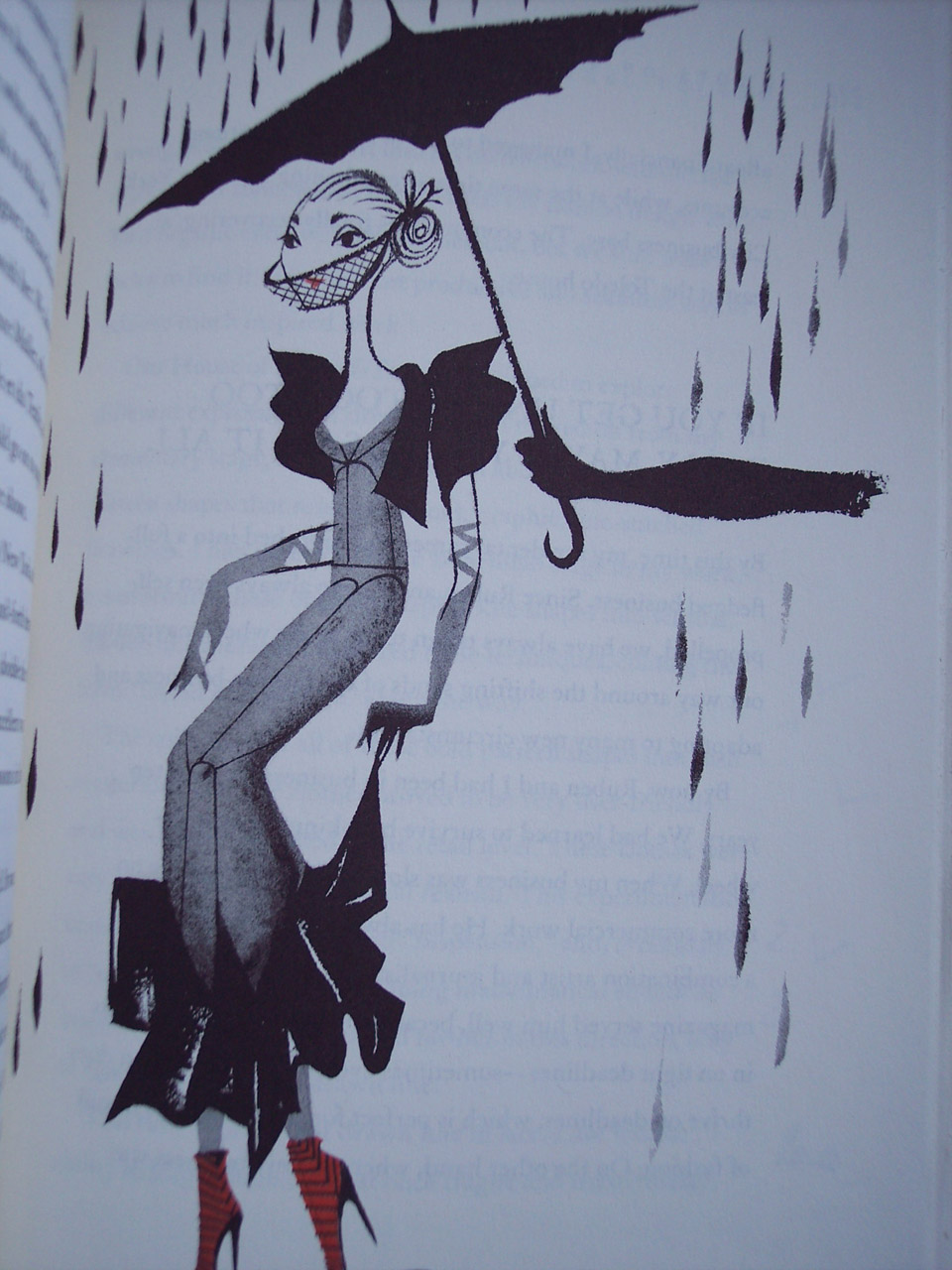
While the book mainly focuses on the Toledos’ personal experiences as artists, it also indirectly poses important questions that regard the entire fashion industry.
In one chapter Isabel talks about the “first come, first served” sitting arrangements at her shows, so that a fashion journalist would end up sitting next to a drag performer, museum curators next to textile manufacturers and so on. Yet this very unusual but open arrangement probably inspired by the democratic atmosphere of the early discos when club kids mixed with celebrities, does not exist anymore, elitism is indeed the norm and the rule and it’s encouraged at fashion weeks all over the world.
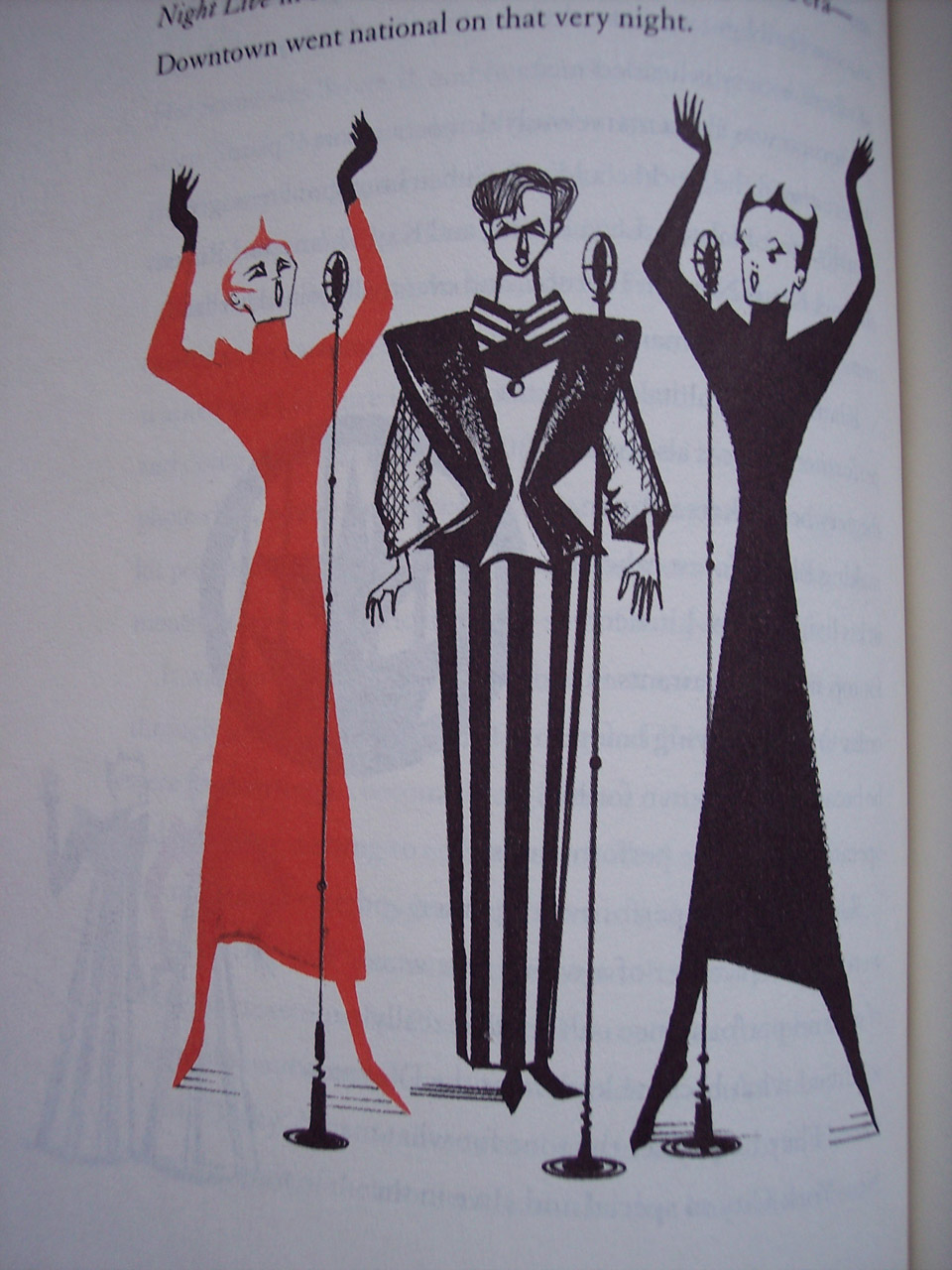
The designer also mentions here and there the importance of the fashion journalists’ curiosity in discovering her, and of the will to spot and nurture new talents, things that rarely exist in the contemporary fashion media, more interested in continuously discovering the “next big thing”, but definitely not caring about letting this new brilliant discovery grow up and develop.
“The idea that designers should be encouraged to explore raw concepts and take creative risks was almost extinct, because it was seen as too financially risky,” Isabel Toledo states about her decision to drop out of New York Fashion Week in the late 1990s, slow down and create collections at her own pace rather than at breakneck speed. “The fashion scene shifted to the entertaining, slick theatrical productions of the fashion shows themselves. The emphasis was no longer on the clothes; in fact the spotlight seemed to be on everything but the clothes (…) Designing minds need time to nurture original ideas and allow them to develop. This is like replanting a forest: if we don’t allow enough time for this important natural process, we end up with open ground that is barren of new ideas.”
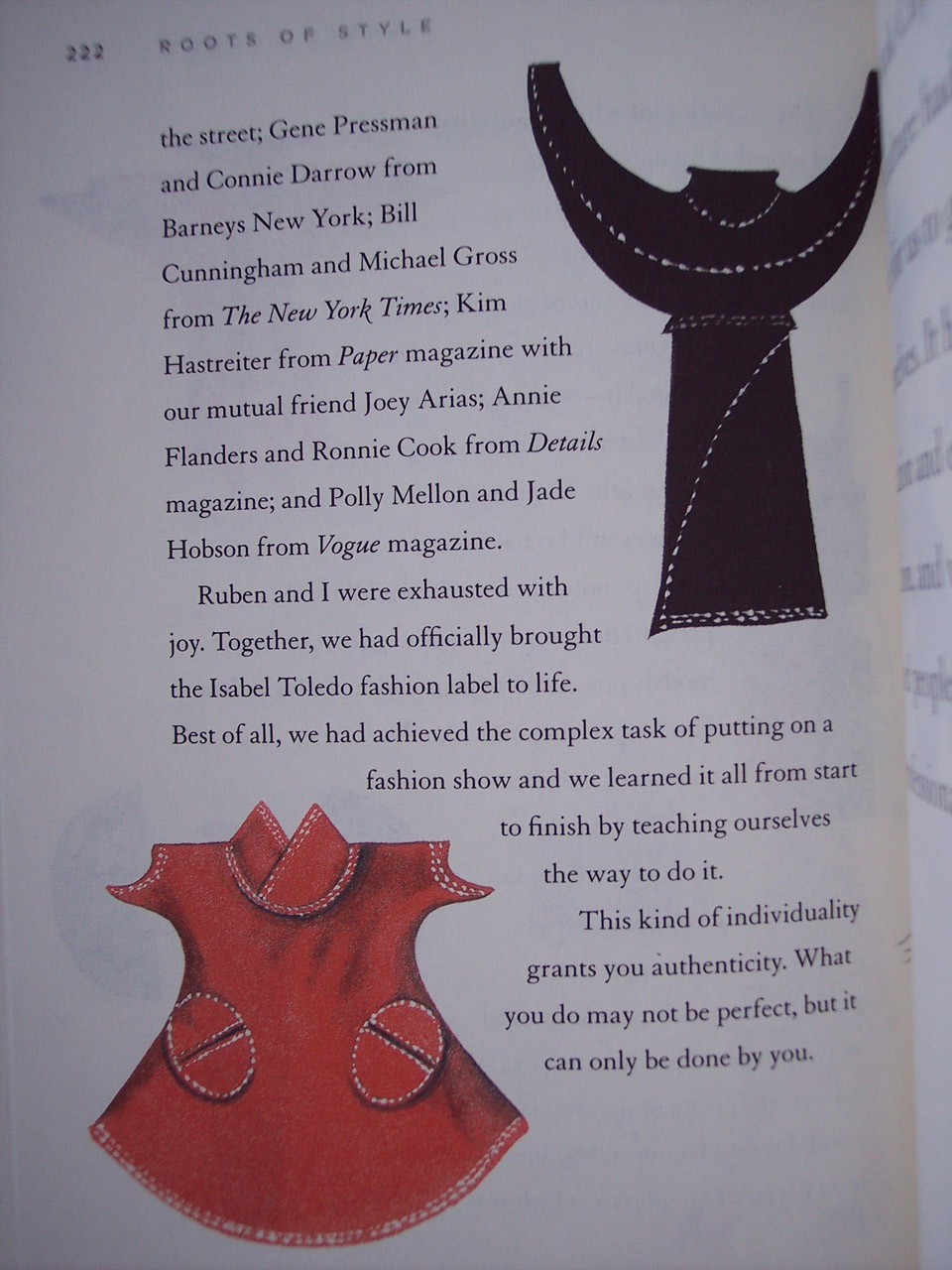
There are parts that may have been edited such as the digression on the concept of time and the last few pages with a bullet list of suggestions and the style of the book is sometimes slightly fractured (this may have been caused by different ghost writers working on it…), but Ruben’s drawings perfectly manage to illustrate the story and provide an acceptable level of distraction to those fashionistas who may not like reading.
Towards the end of the book, the designer anticipates she is working with Ruben on a new exhibition to be held at the museum of Miami’s Freedom Tower, symbolically considered as the couple’s very own Ellis Island since 450,000 Cubans passed through it between 1962 and 1974.
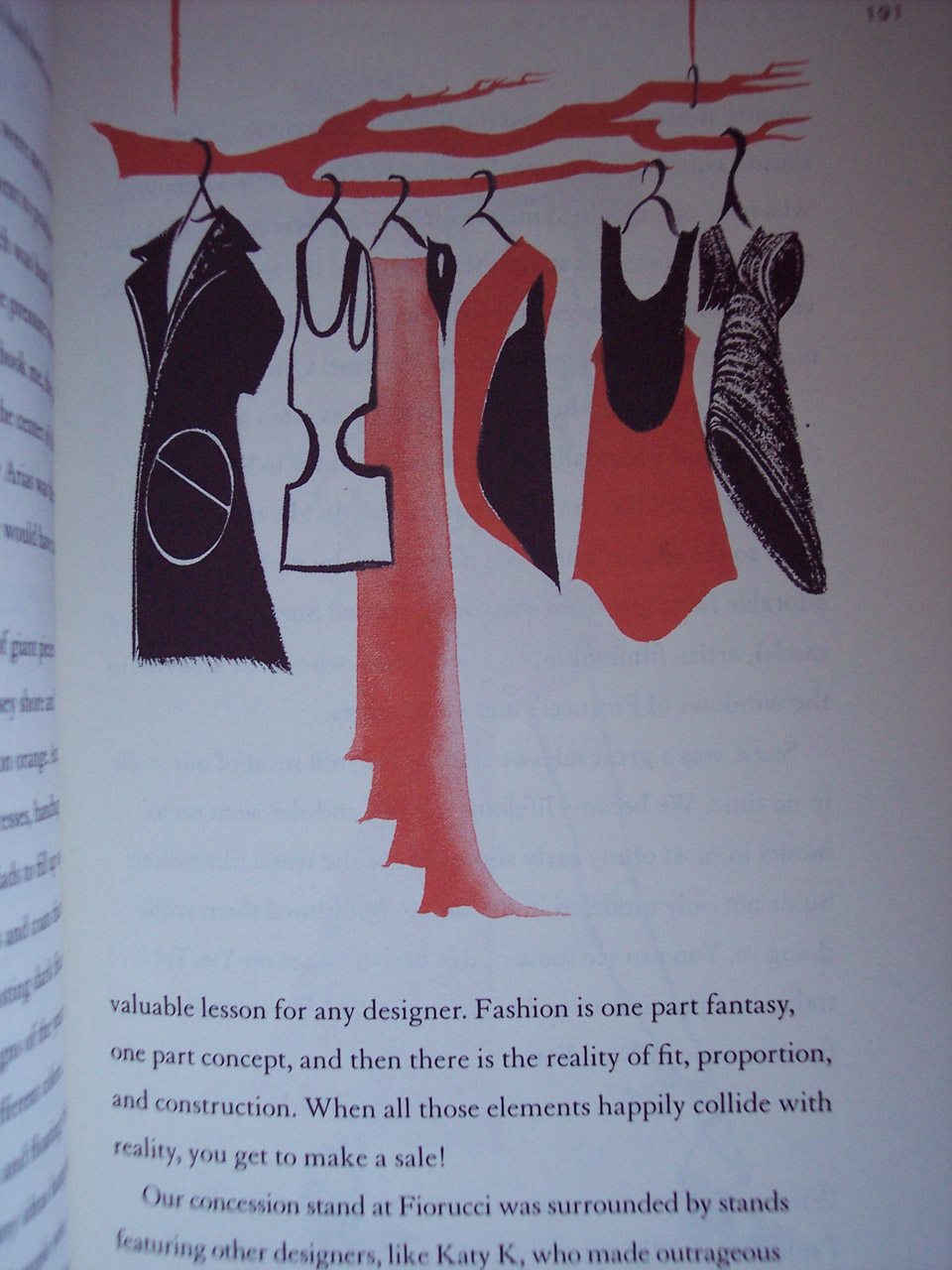
What will it be like? Nothing is revealed, but you can bet that it will blend art, fashion, architecture, imagination and fantasy, a winning combination of interests and disciplines that makes the Toledos more similar to intrepid Italian artist and designer Bruno Munari than to anybody else currently working in the fashion industry.
In conclusion, though, it must be highlighted that Roots of Style is not a book about the Toledos being rare drops in the bland and vast ocean of the fashion industry, but it’s a volume conceived to inspire its readers with a very important message for all the young fashion design students out there: be authentic to your work, take care of the smallest details in your business and, above all, remember that you don’t have to turn into an instant overnight success manipulated and exploited by the dark corporate forces of the fashion industry.

“Roots of Style: Weaving Together Life, Love, and Fashion” by Isabel Toledo is out now. An event about “Roots of Style” featuring Nina García, Fashion Director of Marie Claire, and Isabel and Ruben Toledo, was held on 29th March 2012 at El Museo del Barrio, New York. You can check out the details here: www.elmuseo.org/en/event/roots-style

